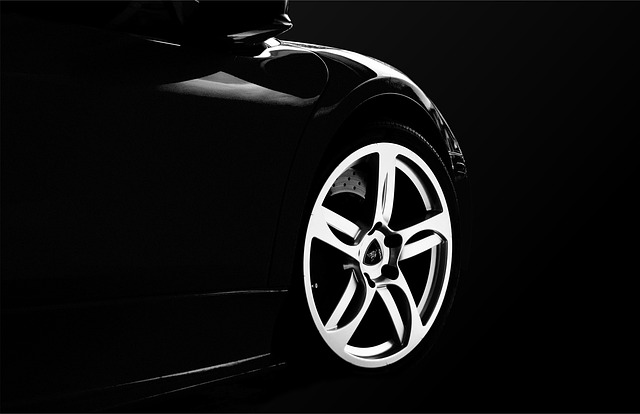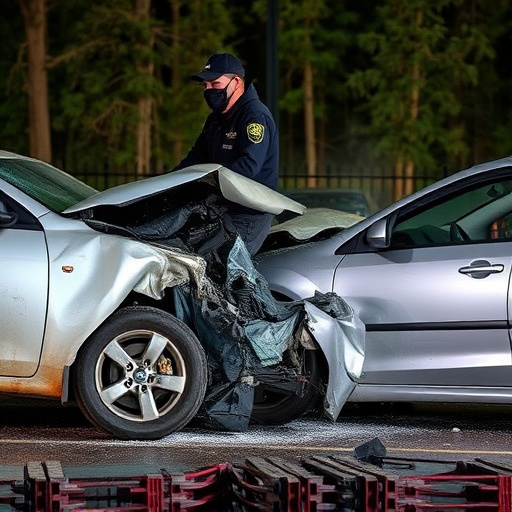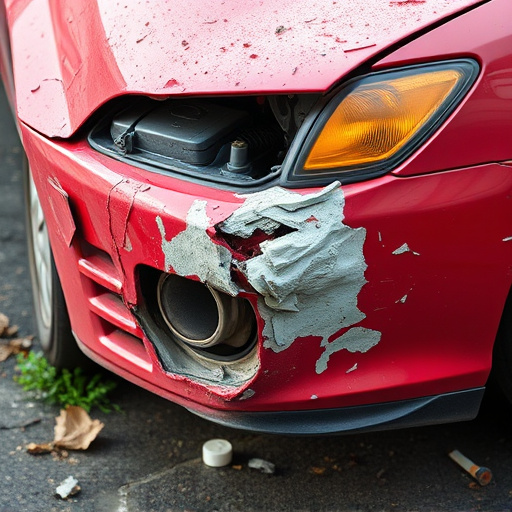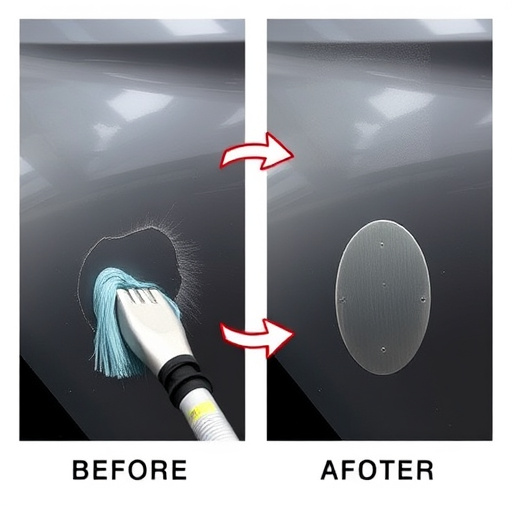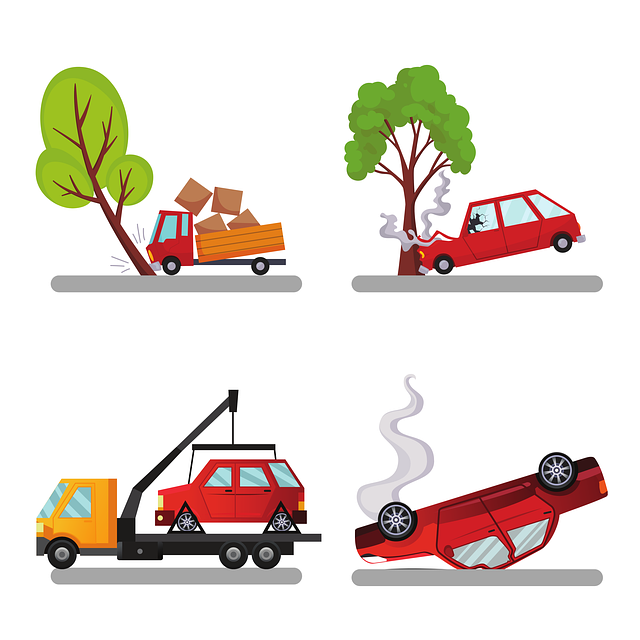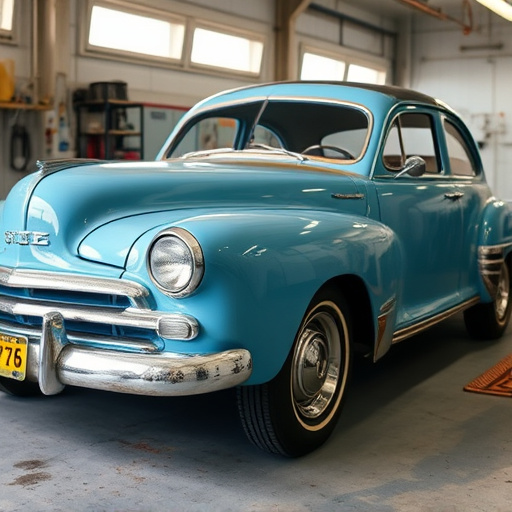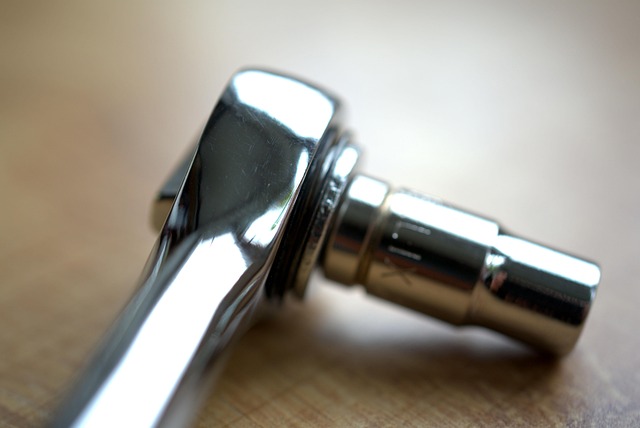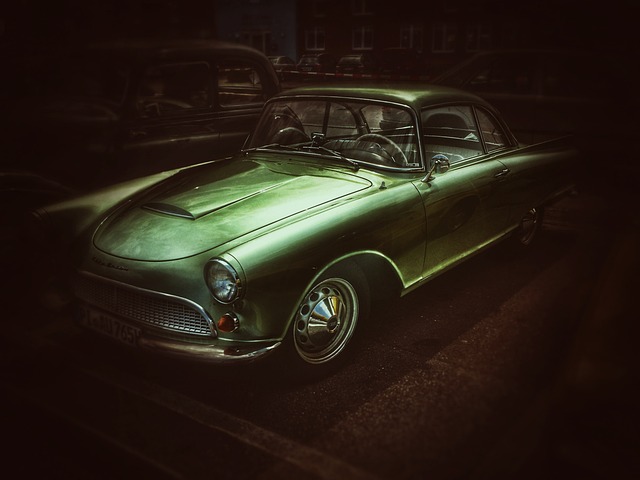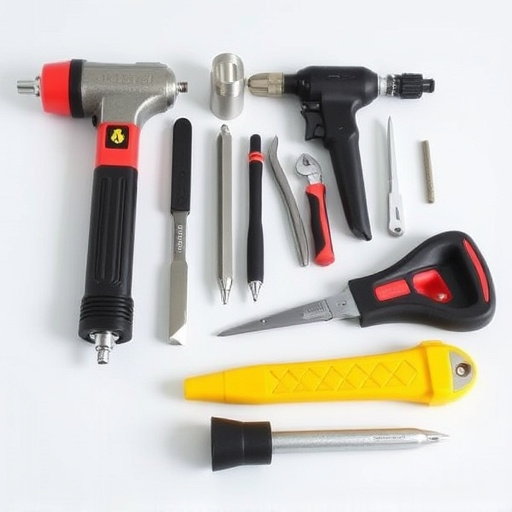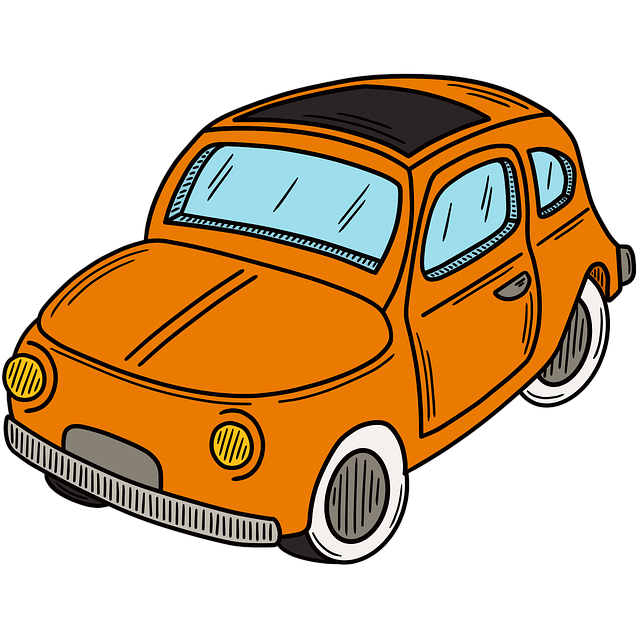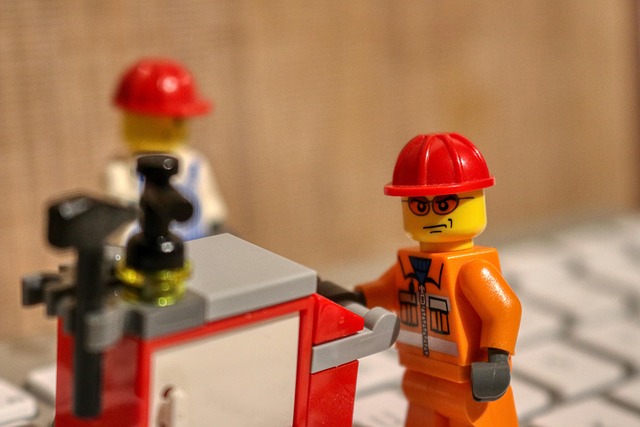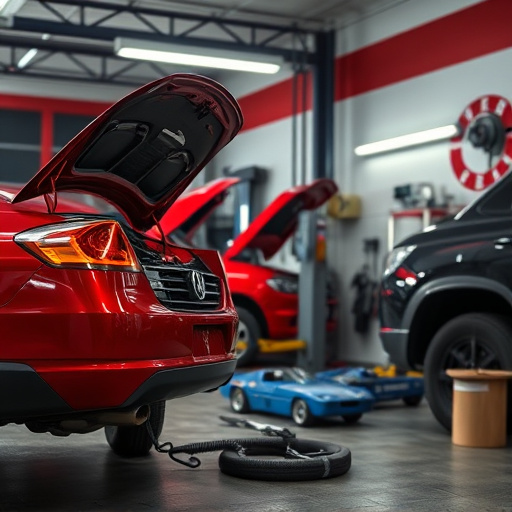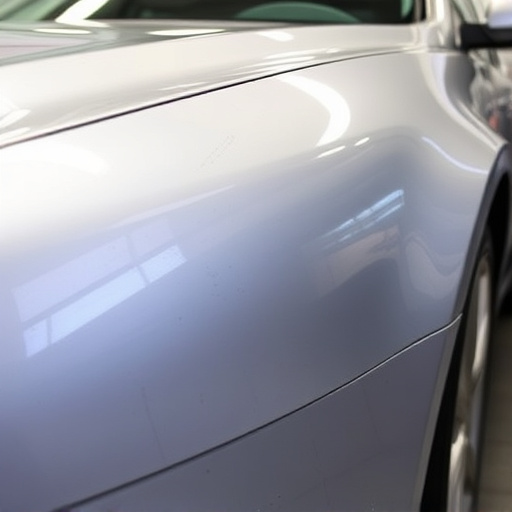Understanding automotive paint types is vital for restoring classic cars with historical accuracy. Classic car enthusiasts demand original-spec paints, including base coat, clear coat, and pigment levels, often requiring restoration pros to differentiate between older lead-based paints and modern finishes. Choosing the right paint type balances durability and intricate application needs; while modern paints offer superior resistance and aesthetics, traditional or vintage paints may be preferred for authenticity. Hand painting and airbrush techniques, emphasizing preparation and precision, are crucial for achieving authentic, long-lasting finishes in classic car restorations.
Delve into the captivating world of classic car restorations, where choosing the right automotive paint types is an art. This guide explores the diverse landscape of paint options specifically tailored for vintage vehicles. From understanding the unique characteristics of each paint type to uncovering their advantages and considerations, you’ll discover the secrets to achieving flawless finishes. Learn about application techniques that transform restoration projects into true works of art.
- Understanding Automotive Paint Types for Classic Cars
- Advantages and Considerations of Different Paints
- Application Techniques and Best Practices for Optimal Results
Understanding Automotive Paint Types for Classic Cars

Understanding automotive paint types is key when restoring classic cars. These vehicles often require meticulous attention to detail, and the right paint choice can significantly impact the final result. Classic car enthusiasts typically seek original-spec paints that match the exact shade and finish of the vehicle’s factory application. This involves matching not just the color but also the base coat, clear coat, and pigment levels to ensure authenticity.
Automotive paint types for classic cars differ from modern vehicles, primarily due to advancements in technology and materials. Older cars might have used lead-based paints or thicker, more vibrant finishes that don’t exist in contemporary automotive manufacturing. Knowing the differences between these eras is crucial for accurate restoration, especially when considering processes like auto dent repair or collision repair, where precise matching of paint types and textures is paramount to maintain the car’s historical integrity.
Advantages and Considerations of Different Paints

When it comes to classic car restorations, choosing the right automotive paint type is crucial. One of the primary advantages of using modern paints is their durability and resistance to rust, which is a significant concern for older vehicles. These advanced formulations offer better coverage, ensuring that every nook and cranny of the restored car receives an even coat, enhancing its aesthetic appeal.
However, it’s essential to consider the specific needs of classic cars. Traditional paint jobs might require more meticulous application due to intricate details and curves. Some enthusiasts prefer the authentic look of vintage paints, which can add character to the restoration. Moreover, the availability of specialized auto body shop services for these unique paint types is vital, especially for tackling complex repairs like auto dent repair, ensuring that the car’s finish is flawless and long-lasting.
Application Techniques and Best Practices for Optimal Results
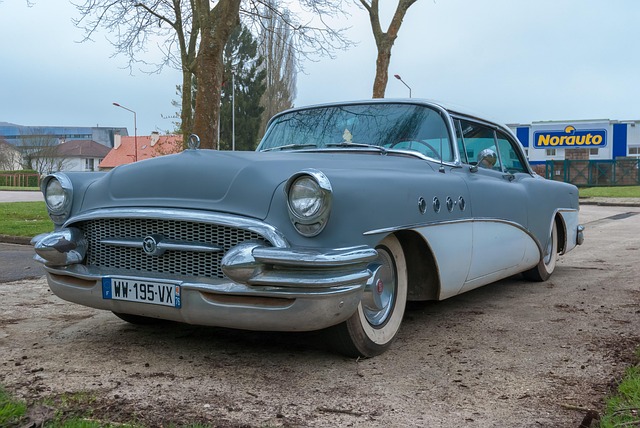
When it comes to classic car restorations, the application techniques for automotive paint types play a pivotal role in achieving optimal results. For an authentic and long-lasting finish, professionals often employ hand painting, utilizing brushes and rollers to ensure even coverage. This meticulous process allows for precise control over color consistency and texture, reflecting the original aesthetic of the vehicle. Moreover, hand painting is particularly effective for intricate details and curved surfaces, which machine-driven applications might struggle with.
Best practices dictate preparation as the key step. Surfaces must be thoroughly cleaned, primed, and sanded to ensure paint adheres correctly. This involves careful repair of any damage, filling gaps or holes, and achieving a smooth base. In modern auto body restoration, advanced technologies like airbrush techniques offer greater precision and control over paint distribution, resulting in more consistent coats. These methods are especially valuable for creating custom colors or achieving vintage effects, commonly sought after in classic car makeovers at collision centers.
When restoring a classic car, selecting the right automotive paint type is crucial. Each paint option offers unique advantages and considerations, from durability to aesthetic appeal. Understanding these variations enables restorers to make informed decisions, ensuring the final result matches the vehicle’s historical integrity. By following best practices for application, classic car enthusiasts can achieve not just a visually stunning restoration, but also a long-lasting, high-quality finish that does justice to the car’s vintage charm.
